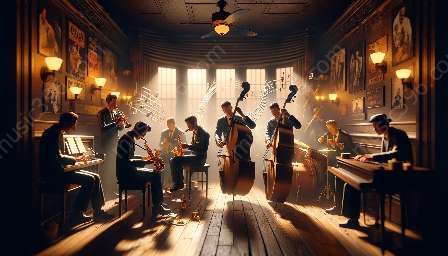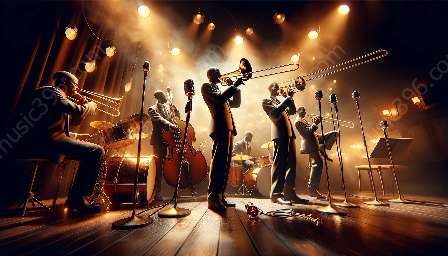Blues piano is a soulful and expressive music style that requires mastering specific techniques to achieve its characteristic sound. In this guide, we'll explore some effective practice strategies for aspiring blues pianists. We'll also delve into the compatibility of these strategies with various piano styles in blues music and jazz & blues.
Understanding the Foundation
Before delving into specific practice strategies, it's essential for aspiring blues pianists to understand the foundational elements of blues music and its unique piano style. Blues piano techniques often involve complex chord progressions, improvisation, and an intimate understanding of the blues scale. Familiarizing yourself with the blues scale and its variations is crucial for developing a rich and authentic blues sound.
Effective Practice Strategies
Mastering blues piano techniques requires dedicated practice and a strategic approach. Here are some effective practice strategies that aspiring blues pianists can implement to hone their skills:
- 1. Rhythmic Practice: Work on internalizing the rhythmic feel of blues music through repetitive practice. Focus on achieving a natural groove and understanding the swing feel that is characteristic of blues piano.
- 2. Chord Progression Mastery: Practice various blues chord progressions, such as the 12-bar blues, and master the transitions between chords with fluidity and precision. Emphasize the use of dominant 7th chords and explore voicings that add depth to your playing.
- 3. Improvisation Exercises: Dedicate time to improvising over blues progressions. Experiment with different melodic ideas, phrasing, and embellishments. This will help develop your improvisational skills and creativity.
- 4. Finger Dexterity and Strength: Work on exercises specifically designed to improve finger dexterity and strength. Incorporate scales, arpeggios, and technical exercises to enhance your overall piano technique.
- 5. Listening and Transcription: Study recordings of renowned blues pianists and transcribe their playing. This will not only expose you to diverse playing styles but also help you understand the nuances of blues piano.
- 6. Performance Preparation: Regularly perform in front of an audience, whether it be in informal jam sessions or formal performances. This will help you develop confidence and stage presence, essential elements of blues piano performance.
Piano Styles in Blues Music
Blues piano is a versatile genre with various piano styles that have evolved over time. Some notable piano styles within blues music include:
- 1. Boogie-Woogie: Known for its infectious rhythmic patterns and energetic left-hand bass lines, boogie-woogie is a high-energy piano style that has had a profound influence on blues music.
- 2. Barrelhouse Piano: Characterized by its rollicking and percussive style, barrelhouse piano often features syncopated rhythms and intricate melodic embellishments.
- 3. New Orleans Piano: This style incorporates elements of jazz and blues, featuring elaborate improvisation, complex harmonies, and a distinctive rhythmic feel influenced by the city's vibrant music scene.
- 4. Stride Piano: Stride piano is known for its virtuosic and exuberant playing style, with pianists often alternating between powerful bass notes and intricate melodic passages.
Compatibility with Jazz & Blues
Blues piano techniques share a close relationship with jazz, as both genres have influenced each other over the years. Many practice strategies for mastering blues piano techniques are compatible with jazz due to their shared emphasis on improvisation, harmonic complexity, and expressive playing. In fact, numerous renowned pianists have seamlessly blended blues and jazz elements in their playing, contributing to the rich tapestry of jazz & blues music.
Mastering blues piano techniques is a rewarding journey that requires patience, dedication, and a deep appreciation for the expressive nature of blues music. By incorporating effective practice strategies and understanding the compatibility of these techniques with various piano styles in blues music and jazz & blues, aspiring blues pianists can cultivate their skills and contribute to the continuation of this timeless musical tradition.






























